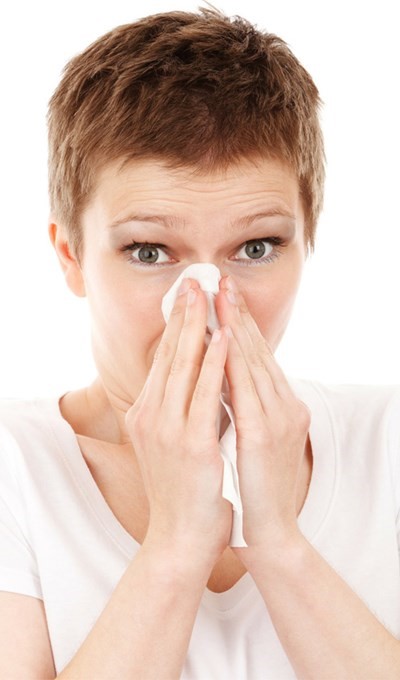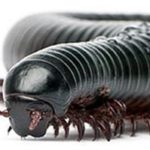
It may be prime time for seasonal allergy sufferers in Wisconsin, but there may be another cause of asthma and other allergic reactions lurking in or around your home: pests!
Stinging Insects
Those who suffer from stinging insect allergies may show signs from itching and hives, to more serious symptoms such as shortness of breath and anaphylaxis, which is a potentially fatal reaction. An allergic reaction occurs when the immune system overreacts to an allergen. In stinging insect allergies, the allergen is venom from a sting. Most serious reactions are caused by four types of insects:
- Yellow jackets are black with yellow markings. Their nests are usually located underground, but sometimes found in the walls of buildings, cracks in masonry or in woodpiles.
- Honey bees have round, fuzzy bodies with dark brown and yellow markings. They can be found in honeycombs in trees, old tires or other partially protected sites.
- Paper wasps are slender with black, brown, red and yellow markings. They live in a circular comb under eaves, behind shutters or in shrubs and woodpiles.
- Hornets are black or brown with white, orange or yellow markings. Their nests are gray or brown and are usually found in trees.
Cockroaches
What you may be surprised to know is that cockroaches are actually one of the leading causes of asthma symptoms in children. This may result in difficulty sleeping and wheezing, itchy skin, throat and nose, as well as inflamed eyes and ears. While adults may also have these symptoms, children are particularly sensitive to the cockroach droppings, saliva, shed skins and remains that contain potent allergen proteins. Every aspect of a cockroach will become a component of your home’s dust, potentially leading to an asthma attack. The Asthma and Allergy Foundation has indicated at least 78% of urban homes contain cockroaches, while the suburbs also see their fair share.
Dust Mites
Dust mites are also extremely common in the home, and symptoms include congestion, cough, facial pressure, itchy and watery eyes, and postnasal drip. Dust mites, close relatives of ticks and spiders, are too small to see without a microscope. Dust mites eat skin cells shed by people, and they thrive in warm, humid environments. In most homes, such items as bedding, upholstered furniture, pillows, curtains and carpeting provide an ideal environment for dust mites. The waste products of dust mites, not the mites themselves, are what cause allergic reactions in sensitive individuals. Throughout its short life span, a single dust mite may produce as much as 200 times its body weight in waste products. Dust mite waste contains a protein that is an allergen. An allergen is a substance that provokes an allergic reaction. By taking steps to reduce the number of dust mites in your home, you may get control of dust mite allergy.
How Can the Pests Be Managed?
Batzner Pest Control and the National Pest Management Association recommend the following tips for safeguarding homes against pests that cause asthma and allergies:
- Keep food sealed and stored properly, and clean kitchen floors and counters daily.
- Dispose of garbage regularly and store in sealed containers.
- Seal cracks and holes in homes, including entry points for utilities and pipes and in screen doors and windows.
- Keep basements and crawl spaces well ventilated and dry.
- Consider a dust mite allergy cover for your bed.
- Hard surface flooring may also be helpful to lessen the allergic effects of dust mites.
- Vacuum at least once a week using a vacuum with a HEPA (high-efficiency particulate) filter.
- If allergic to stinging insects, learn how to use an epinephrine kit and carry it with you at all times.
- Should you experience symptoms of an allergic reaction, such as tongue and throat swelling, wheezing, dizziness, or shortness of breath, call 911.
If you suspect a cockroach infestation or notice a hive or nest on your property, contact Batzner Pest Control to identify and safely treat your home.
Need a pest control estimate?
We'll call you! Our representatives are fast and friendly.
Pests That Trigger Allergies and Asthma: Stinging Insects, Cockroaches, Dust Mites in Wisconsin
Serving Wisconsin






